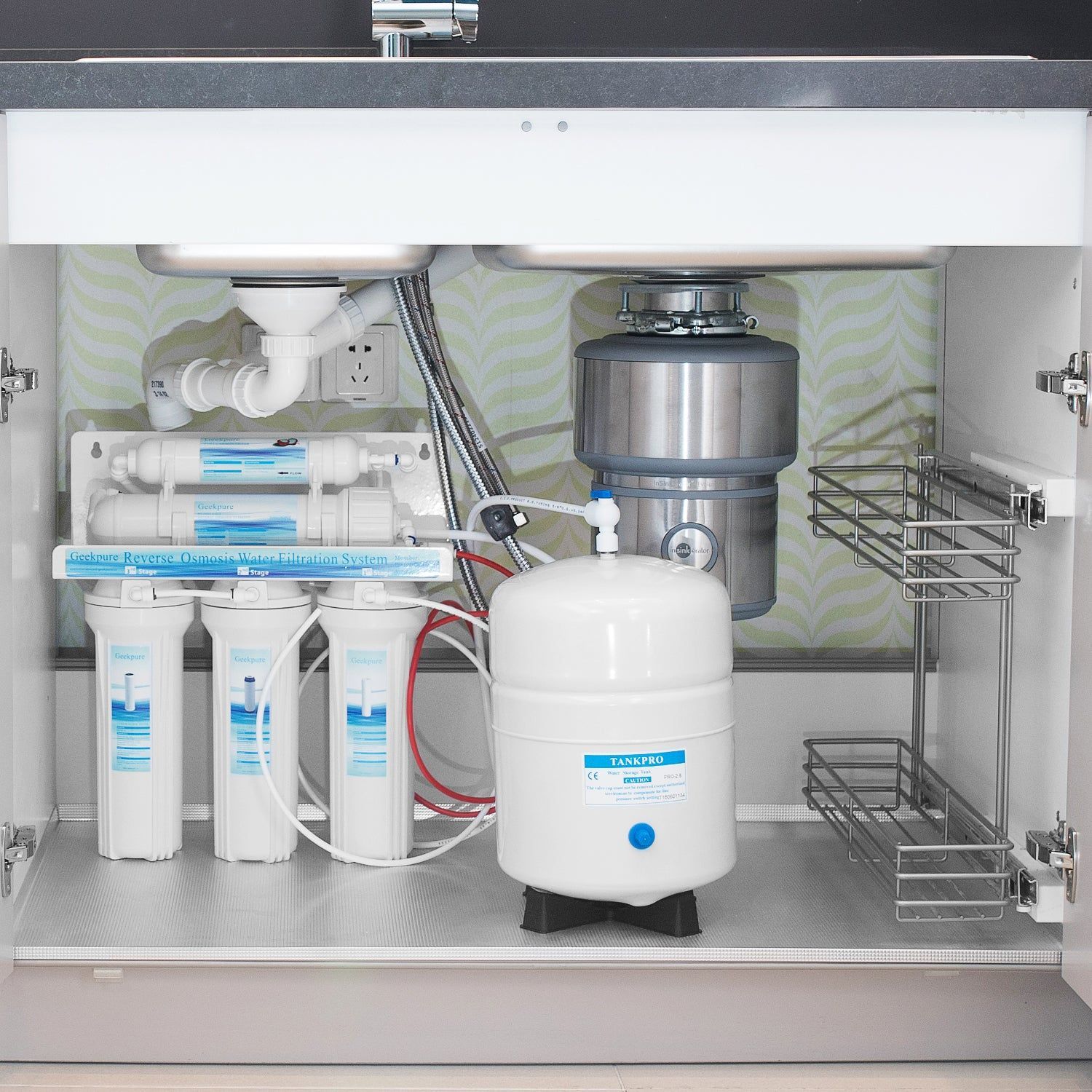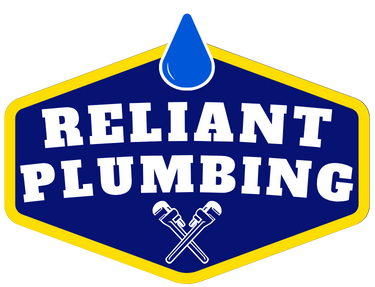
💧 What is Reverse Osmosis (RO) and Should You Install It in Your Home?
From chlorine to lead, reverse osmosis systems remove what you don’t want in your tap water—right from your kitchen sink.

Introduction
If you're concerned about water quality in your Cambridge home, you're not alone. Tap water often contains chlorine, sediment, heavy metals, and other impurities that affect taste, smell, and even health. One of the most effective ways to purify your drinking water is through reverse osmosis (RO).
But what exactly is RO, and is it the right solution for your home?
This post breaks down what reverse osmosis is, how it works, what it removes, and whether it’s a smart investment for better water at home.
1. What Is Reverse Osmosis?
Reverse osmosis is a water filtration method that removes contaminants by pushing water through a semipermeable membrane. This membrane allows only pure water molecules through, trapping everything else.
RO systems are typically installed under the kitchen sink and provide clean drinking and cooking water from a separate faucet.
2. What Does RO Remove?
Reverse osmosis is extremely effective at filtering out:
- Chlorine and chloramine (often added to municipal water)
- Lead and heavy metals
- Fluoride
- Nitrates and sulfates
- Microorganisms (some bacteria and viruses)
- Pesticides and VOCs
- Sediment, rust, and particles
If you're worried about contaminants in Cambridge’s water, an RO system offers peace of mind and great-tasting water right from your tap.
3. How Does a Reverse Osmosis System Work?
A typical RO system uses 4–5 stages of filtration:
- Sediment filter – traps dirt and debris
- Carbon filter – removes chlorine, bad taste, and odours
- RO membrane – removes up to 99% of dissolved solids
- Post-carbon filter – polishes taste before dispensing
- (Optional) Remineralization filter – adds calcium or magnesium for taste and pH balance
The result is purified, fresh-tasting water, ideal for drinking, cooking, baby formula, or pet use.
4. Benefits of Installing RO in Your Home
Reverse osmosis systems offer:
- Improved taste – say goodbye to chemical or metallic aftertaste
- Healthier water – removes harmful contaminants
- Convenience – no more bottled water or filters in the fridge
- Cost savings – one-time investment replaces years of bottled water
They’re also low-maintenance, requiring filter changes only every 6–12 months.
5. Are There Any Downsides?
While RO systems offer incredible filtration, there are a few things to consider:
- Wastes water – produces some wastewater during filtration (modern systems are much more efficient)
- Removes beneficial minerals – can be offset with a remineralization filter
- Only installed at one tap – usually the kitchen sink
- Slower flow – RO water is dispensed more slowly than regular tap water
These drawbacks are minor compared to the long-term health and convenience benefits.
6. Is RO Right for Your Home?
You may benefit from a reverse osmosis system if:
- Your water tastes or smells bad
- You’re concerned about chlorine or heavy metals
- You regularly buy bottled water
- You want cleaner water for coffee, cooking, or formula
- You’re on a private well or have had a water advisory
RO is especially beneficial in areas where water quality fluctuates or chlorine levels are high, which can be common in municipalities like Cambridge.
Final Thoughts
Reverse osmosis is one of the most effective and affordable ways to ensure safe, great-tasting water at home. Whether you’re trying to avoid chlorine, eliminate lead, or simply enjoy better-tasting coffee, an RO system could be the upgrade your kitchen needs.
Professional installation ensures it’s done right—secure fittings, leak-free lines, and an efficient connection to your plumbing system.
